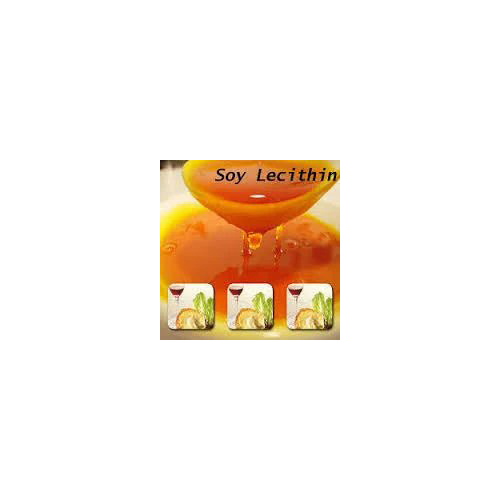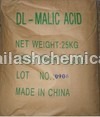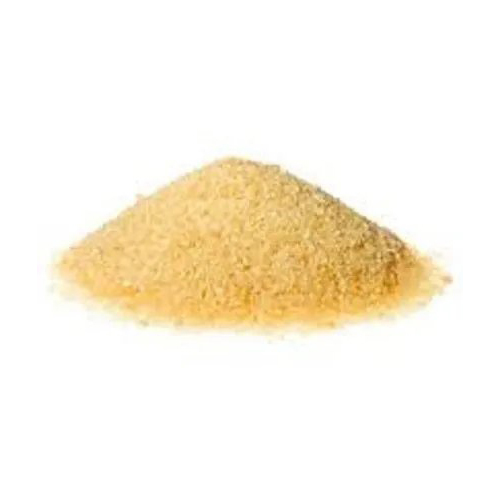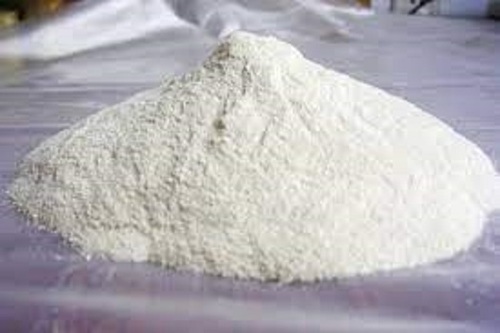Soya Lecithin
300 INR/Kilograms
Product Details:
- Physical Form Liquid
- Color Orange
- Purity 99%
- Storage Room Temperature
- Click to View more
X
Soya Lecithin Price And Quantity
- 300 INR/Kilograms
- 200 Kilograms
Soya Lecithin Product Specifications
- 99%
- Room Temperature
- Liquid
- Orange
Soya Lecithin Trade Information
- 200 Kilograms Per Day
- 2-3 Days
Product Description
| Form | Liquid |
| Country of Origin | Made in India |
| Shelf Life | 6 Month |
| Manufacturer | Intas Pharmaceuticals Ltd |
| Packaging Size | 5 kg |
| Prescription/Non prescription | Prescription |
Lecithin, as a food additive, is also a dietary source of several active compounds
Commercial lecithin, as used by food manufacturers, is a mixture of phospholipids in oil. A major source of lecithin is soybean oil.
Applications include:
- In the pharmaceutical industry, it acts as a wetting, stabilizing agent and a choline enrichment carrier, helps in emulsifications and encapsulation, and is a good dispersing agent. It can be used in manufacture of intravenous fat infusions and for therapeutic use.
- In animal feed, it enriches fat and protein and improves pelletization.
- In the paint industry, it forms protective coatings for surfaces with painting and printing ink, has antioxidant properties, helps as a rust inhibitor, is a colour-intensifying agent,catalyst, conditioning aid modifier, and dispersing aid; it is a good stabilizing and suspending agent, emulsifier, and wetting agent, helps in maintaining uniform mixture of several pigments, helps in grinding of metal oxide pigments, is a spreading and mixing aid, prevents hard settling of pigments, eliminates foam in water-based paints, and helps in fast dispersion of latex-based paints.
- Lecithin also may be used as a release agent for plastics, an antisludge additive in motor lubricants, an antigumming agent in gasoline, and an emulsifier, spreading agent, and antioxidant in textile, rubber, and other industries.
- In confectionery, it reduces viscosity, replaces more expensive ingredients, controls sugar crystallization and the flow properties of chocolate.
Tell us about your requirement

Price:
Quantity
Select Unit
- 50
- 100
- 200
- 250
- 500
- 1000+
Additional detail
Mobile number
Email








 Call Me Free
Call Me Free
